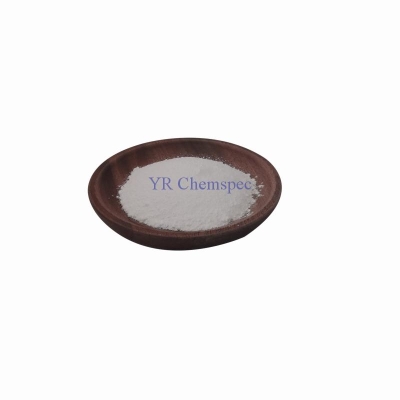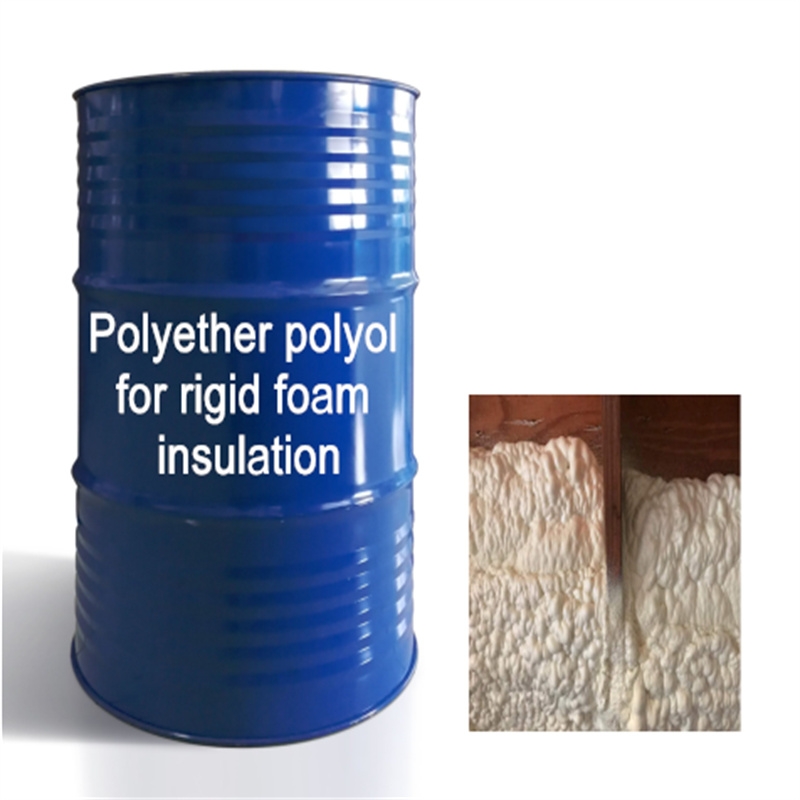-
Categories
-
Pharmaceutical Intermediates
-
Active Pharmaceutical Ingredients
-
Food Additives
- Industrial Coatings
- Agrochemicals
- Dyes and Pigments
- Surfactant
- Flavors and Fragrances
- Chemical Reagents
- Catalyst and Auxiliary
- Natural Products
- Inorganic Chemistry
-
Organic Chemistry
-
Biochemical Engineering
- Analytical Chemistry
- Cosmetic Ingredient
-
Pharmaceutical Intermediates
Promotion
ECHEMI Mall
Wholesale
Weekly Price
Exhibition
News
-
Trade Service
The shortage of clean water afflicts more than a quarter of the world's population and is a source of
infectious diseases, poverty and so on.
Solar steam generator technology can directly produce clean water under light conditions, providing a solution
to water crises.
By improving the efficiency of solar absorption and photothermal conversion, reducing the enthalpy of evaporation of water, researchers have designed and manufactured a series of solar evaporators to overcome the contradiction between high energy consumption and weak natural light input in the process of water evaporation, and higher energy utilization efficiency still needs to be explored
in the balance between thermal management and water transportation.
In addition, brine is often accompanied by salt crystallization during rapid evaporation, which significantly limits the light absorption efficiency of the evaporator and reduces the water purification efficiency
.
The two strategies of surface hydrophobic and macroscopic water transport channels are widely used in evaporator design to improve durability, while superhydrophobic surfaces cannot eliminate the risk of salt crystallization blocking water transport channels, and larger channels will cause heat convection loss
.
Solar evaporators with both high-efficiency water purification and salt resistance are still challenging research topics
.
Recently, the team of Zhang Jue, a researcher at the Suzhou Institute of Nanotechnology and Nanobionics, Chinese Academy of Sciences, worked on the basis of the flexible hydrovoltaic power generation system of functionalized nanochannels (Nat.
Commun.
2022,13:1043; Nano Energy.
2022, 99, 107356), a high-efficiency salt-resistant solar evaporator
with vertical micron channel and ion selection characteristics nanochannel hierarchical structure was constructed by using multiple freeze-thaw methods.
Due to the surface modification of sulfonates and unique graded micro-nano structure characteristics, the umbrella evaporator can effectively reduce heat convection loss and reduce the evaporation enthalpy
of water.
Under one standard sunlight condition, the water purification speed and energy utilization efficiency of the evaporator are as high as 3.
683.
683.
68kg m-2 h-1 and 91.
1%,
respectively.
Through the monitoring of hydrovoltaic flow potential, it is proved that there is an overlapping double electric layer in nanochannels with high surface potential, which gives nanochannel ion selectivity
.
Combined with the good water transport capacity of the micron channel, the evaporator shows salt resistance and can maintain an efficiency
of greater than 90% for a long time (>96 h) in seawater conditions.
This study synergistically uses channel size effect and surface characteristics to prepare a solar evaporator with both high-speed water purification ability and high salt resistance, and provides new construction ideas and application scenarios
for evaporation-driven hydrovoltaic power generation devices.
The research results, titled A highly efficient and durable solar evaporator based on hierarchical ion-selective nanostructures, were published in
EcoMat.
The research work is supported
by the National Natural Science Foundation of China.
Figure 1.
Schematic diagram of the structure and working mechanism of the solar evaporator
Figure 2.
Evaporator photothermal conversion and evaporation enhancement performance
Figure 3.
Salt resistance characteristics and durability of water purifiers
Figure 4.
The purification capacity of the water purifier to the water of Dushu Lake







